Judgment on the similarity of trademarks
In the judgment of the 27th of November 2024 in Case T-509/23, the General Court analysed the similarity between a graphic trade mark depicting a capital letter ‘V’ and the Giorgio Armani graphic trade mark depicting a stylised eagle with outspread wings.
On the 29th of December 2020, the Chinese company Shenzhen filed an application with the EUIPO for an graphic trade mark depicting the capital letter ‘V’ for goods in Class 9 of the Nice Classification:
Giorgio Armani S.p.A. filed an opposition on the grounds of similarity to its earlier EU graphic trade mark and risk of confusion. Giorgio Armani also underlined that its mark has a reputation within the EU. The Giorgio Armani graphic trade mark was registered on the 6th of January 2017 for goods falling, inter alia, in Classes 9 and 25 of the Nice Classification:
(EUTM 015743891)
The Opposition Division of the EUIPO rejected the opposition and the Board of Appeal subsequently dismissed the appeal. In its view, the conflicting trade marks were not visually as well as conceptually similar. Due to the graphic nature of the two trade marks, the Board of Appeal did not make a phonetic comparison.
According to the Board of Appeal, the Giorgio Armani trade mark depicts a stylised eagle with spread wings and its head facing to the right. Furthermore, the trade mark consists of thick horizontal stripes with a diagonal side slit. Meanwhile, the trademark applied for by the Chinese company depicts the capital letter 'V’ or 'Y’. There was also a difference in that the trade mark applied for by the Chinese company consisted of thinner and farther apart lines, which moreover have rounded ends.
The General Court upheld Giorgio Armani’s appeal and annulled the Board of Appeal’s decision. It pointed out that the two conflicting marks consisted of the same number of horizontal black stripes on a white background and were in the shape of the letter V. According to the General Court, the differences between the trade marks were minimal and should not lead to a conclusion that the marks were not visually similar.
Sumarry
The General Court found that the mark applied for by the Chinese company Shenzhen was similar to the Giorgio Armani trade mark. The Court reminded that two marks are similar if, from the point of view of the relevant public, they are at least partially identical in one or more of their relevant aspects, i.e. visual, phonetic or conceptual aspects. As a consequence, the Board of Appeal made a mistake by claiming that the conflicting trade marks were visually dissimilar and failed to make a comprehensive assessment of the likelihood of confusion.
See more:
The complexity and high level of subjectivity in assessing the likelihood of confusion based on three recent CJEU judgements
A likelihood of confusion exists when consumers can be misled into believing that goods or services bearing the opposing trademarks originate from the same company or from economically linked companies. It is assumed that the assessment of the likelihood of...
Overview of CJEU case law from 12 April 2025 to 4 May 2025
Below we present an overview of CJEU case law concerning intellectual property for the period from 12 April 2025 to 4 May 2025. T-338/24 - Mobility Trader v EUIPO - Cala and Ruiz (hey car select) - The case concerned opposition proceedings (likelihood of confusion). -...
Polish Patent Office confirms broad monopoly of a word trademark (decision of the Polish Patent Office of 15 April 2025 in case Sp.180.2023)
On the 31st of July 2014, a Polish company Browary Regionalne Jakubiak sp. z o.o. filed an application with the Polish Patent Office for a device trademark including word SMOK [EN dragon] for goods in class 32, i.e. beer, non-alcoholic beer. (R.275353, registered on...
